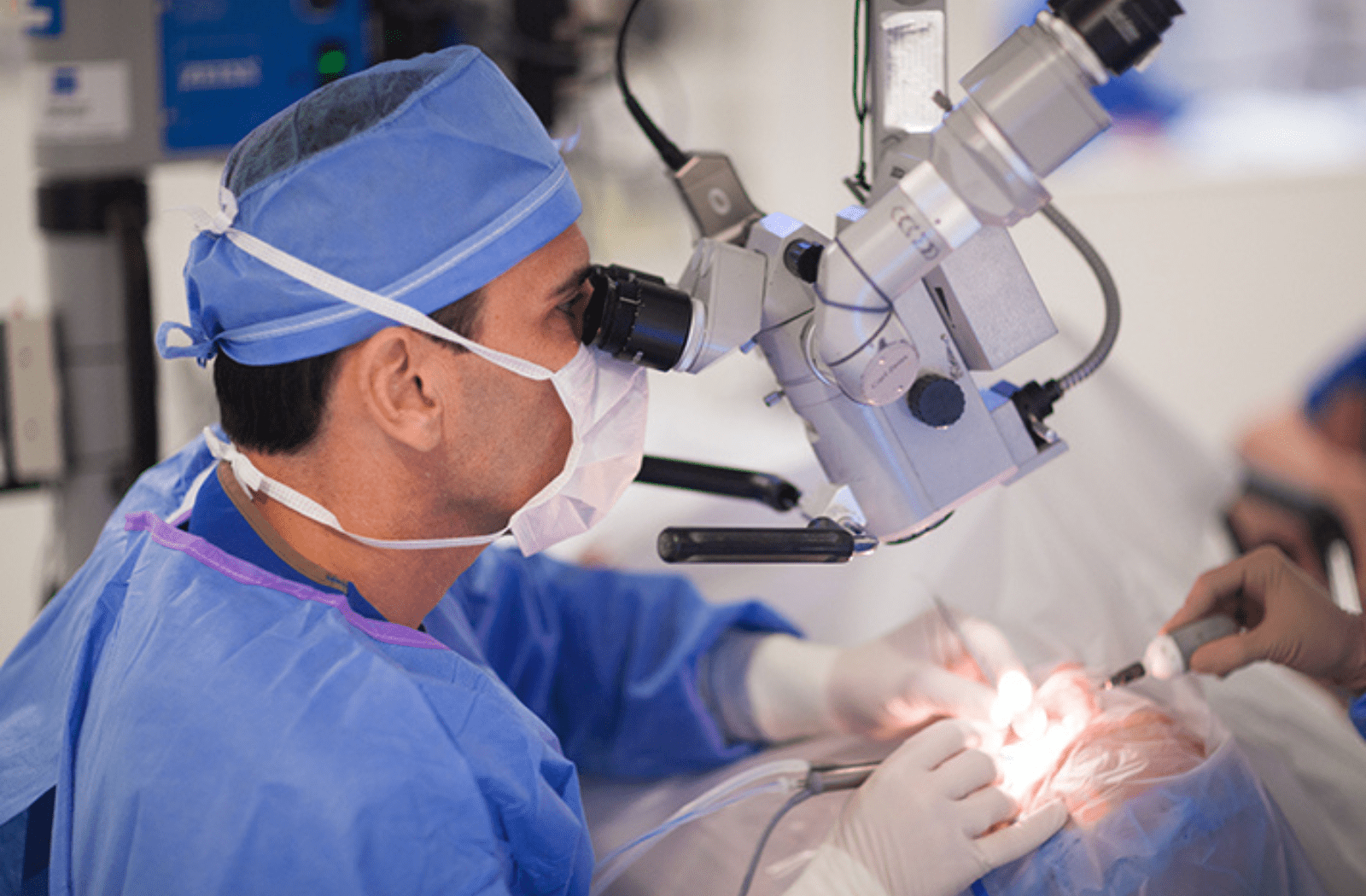Insight into Cataract Surgery A comprehensive Guide

Cataracts a common age-related eye condition, can significantly impair vision and impact daily activities. Fortunately, cataract surgery offers a solution, allowing individuals to regain clear vision and improve their quality of life. In this comprehensive guide, Cataract Surgery we’ll provide valuable insights into cataract surgery, covering everything from understanding the condition to the surgical process and postoperative care.
Understanding Cataracts
Cataracts develop when the natural lens of the eye becomes cloudy, usually due to aging or other factors such as genetics, diabetes, or prolonged exposure to UV radiation. As cataracts progress, they cause symptoms such as blurry vision, difficulty seeing in low light conditions, and increased sensitivity to glare. While cataracts cannot be prevented, timely intervention through cataract surgery can effectively restore vision and alleviate symptoms.
Preparing for Cataract Surgery
Before undergoing cataract surgery, it’s essential to undergo a comprehensive eye examination to assess the extent of your cataracts and determine your candidacy for surgery. Your ophthalmologist will discuss your medical history, current medications, and any underlying eye conditions that may affect the surgical outcome. Additionally, you may undergo measurements of your eye’s shape and size to determine the appropriate intraocular lens (IOL) for your needs.
The Cataract Surgery Procedure
Cataract surgery is typically performed on an outpatient basis and involves the following steps:
Anesthesia: Local anesthesia is administered to numb the eye and ensure your comfort during the procedure. You may also receive a mild sedative to help you relax.
Lens Removal: Using a technique called phacoemulsification, the cloudy lens is broken up into small pieces using ultrasound energy and removed through a tiny incision in the eye.
IOL Implantation: Once the natural lens is removed, an artificial intraocular lens (IOL) is implanted in its place. IOLs come in various types, including monofocal, multifocal, and toric lenses, which can correct astigmatism or presbyopia.
Incision Closure: The incision is typically self-sealing and does not require stitches.
Recovery and Postoperative Care
Following cataract surgery, most patients experience improved vision within a few days, although full recovery may take several weeks. Your ophthalmologist will provide specific instructions for postoperative care, which may include:
Using Prescription Eye Drops: You’ll be prescribed medicated eye drops to prevent infection and reduce inflammation. It’s essential to use these drops as directed to promote healing.
Wearing Protective Eyewear: You may need to wear a protective eye shield or glasses to protect your eyes from injury and reduce the risk of infection during the initial healing period.
Avoiding Strenuous Activities: While you can typically resume light activities soon after surgery, it’s essential to avoid heavy lifting, bending, or strenuous exercise for a few weeks to prevent complications.
Attending Follow-Up Appointments: Your ophthalmologist will schedule follow-up visits to monitor your progress and ensure that your eye is healing properly. Be sure to attend these appointments and report any unusual symptoms or concerns.
Benefits of Cataract Surgery
Cataract surgery offers numerous benefits beyond just improving vision, including:
Improved Visual Clarity: Cataract surgery can significantly enhance visual clarity and sharpness, allowing individuals to see more clearly and vividly.
Enhanced Quality of life: Restoring clear vision can improve one’s ability to perform daily tasks, engage in hobbies, and enjoy social activities, ultimately leading to a better quality of life.
Reduced Dependence on Glasses: Many patients experience reduced reliance on glasses or contact lenses following cataract surgery, particularly if they opt for premium IOLs designed to correct astigmatism or presbyopia.
Long-Term Stability: Once cataracts are removed and replaced with an IOL, the results of surgery are typically long-lasting, with most patients enjoying clear vision for many years to come.
Cataract surgery is a safe and effective procedure that can significantly improve vision and enhance overall quality of life for individuals suffering from cataracts. By understanding the cataract surgery process, preparing for surgery, and following postoperative care instructions, you can navigate the journey to clearer vision with confidence. If you’re experiencing symptoms of cataracts or have been diagnosed with this condition, don’t hesitate to consult with an ophthalmologist to explore your treatment options and take the first step toward better vision and a brighter future.